Features: Polypropylene Rope VS Nylon Rope
Polypropylene and polyamides (often called nylon) are two common plastics used in the manufacture of end-use parts. Plastics are made from bonded polymers and can be naturally occurring or synthetic.
Designers and engineers should understand the key differences between polypropylene and nylon to determine which synthetic polymer is best for a given project.
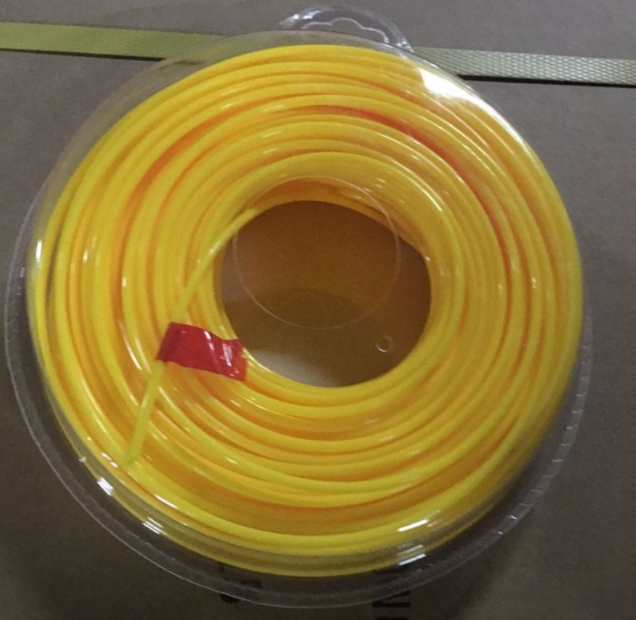
Nylon trimmer line
Structure
Although polypropylene and nylon are both synthetic polymers, their chemical structures differ in several important ways. These factors contribute to their differences in quality, properties and use cases.
Polypropylene is an addition polymer, which means that it is the result of joining monomers together through a simple addition reaction that produces no by-products. Nylon, on the other hand, is a condensation polymer in which water molecules are expelled as the polyamide monomers are bound together.
Nylon and polypropylene are very similar, but due to the differences in their respective structures, there are some important differences that should be considered when selecting polypropylene and nylon.
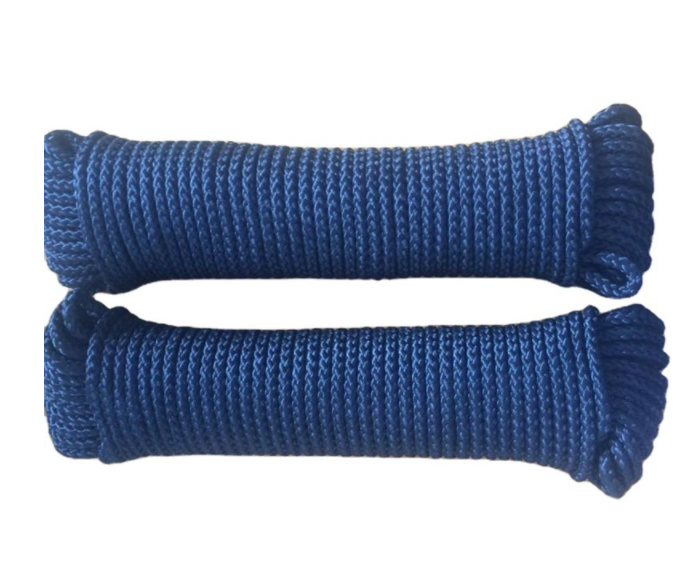
Advantages
While polypropylene and nylon share some important properties, their mechanical specifications differ in several important ways.
Both nylon and polypropylene are durable and stress-resistant, but polypropylene is stronger than nylon. Polypropylene can withstand intense physical stress and corrosion caused by sunlight, mold, bacteria, decay and oil. It is also highly resistant to moisture, which means polypropylene is also resistant to electricity.
Because of its low melt viscosity, polypropylene is strong and flexible. The melt viscosity of polypropylene pellets is lower than that of nylon, which provides polypropylene with more injection molding machine sessions and capabilities.
Finally, it is worth noting that both nylon and polypropylene are available in FDA-compliant grades. Therefore, product teams designing parts for the food and beverage industry or the medical industry can take advantage of both polypropylene and nylon.
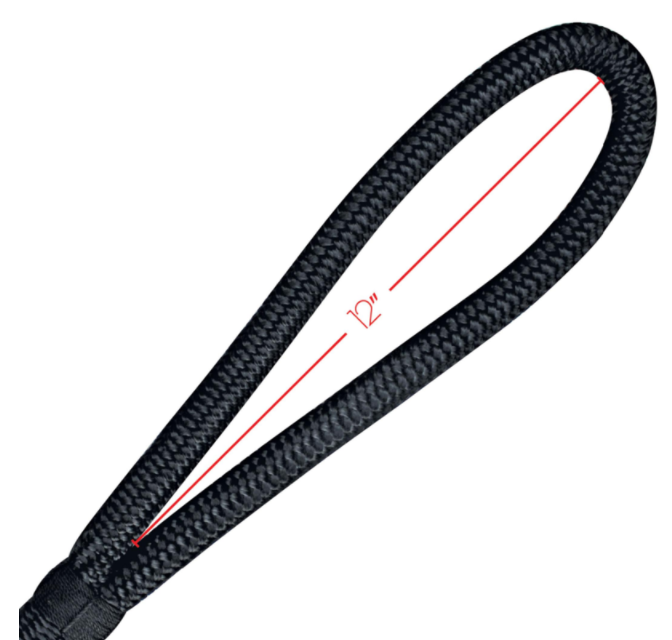
Polypropylene multifilament Double Braided Rope
Manufacturing Use Cases
Because nylon is an excellent insulator, it is often used to insulate cables and replace aluminum parts in engines. Polypropylene, on the other hand, is often used in automotive batteries and semiconductor components because of its water and solvent deflection capabilities. Because of its durability and resistance to stress, polypropylene is also used in chemical tanks and plating and laboratory equipment.
Nylon's ductility allows it to be reheated and reshaped, making it a popular choice for design prototyping. Nylon is also a low-friction plastic that is well suited for many parts that are subject to resistance, such as wheels, seals, gaskets and rollers. Although polypropylene is not as flexible as nylon, it can be deformed without breaking from stress.
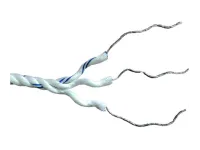
Limitations
Neither polypropylene nor nylon is naturally UV resistant. However, because nylon can be used in combination with other chemical additives, you can more easily reduce the risk of UV damage compared to polypropylene. One significant limitation of nylon is its high water absorption, which can significantly alter the stability of the component after production. Unfortunately, nylon, with its greater flexibility and impact resistance, usually absorbs water more readily.
On the other hand, polypropylene is generally difficult to bond to other materials because it has little or no tendency to absorb. In fact, polypropylene is so slippery that it is almost impossible to paint over it. On the other hand, because of its surface texture, nylon offers more finishing and post-production options. In addition, polypropylene is susceptible to corrosion through oxidation and interaction with chlorinated solvents.
BARON ROPE can help you choose between nylon and polypropylene - and other fabrication materials. Our experienced engineers provide critical insight into material selection based on your unique project requirements. We can help you optimize the entire product development process from concept to delivery. Contact us today to learn more.
Related products:
polypropylene vs nylon
Hot sale electric fencing rope
Nylon 8-strand braided twine
Synthetic Fiber Twine Supplier
Nylon polyester rope
Braided Rope Manufacturers
Solid Braided Rope
Braided Cotton Rope
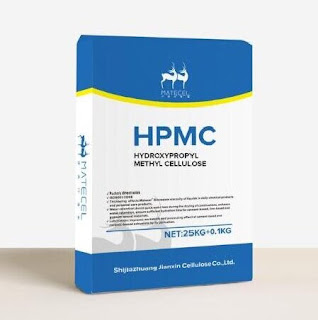
评论
发表评论